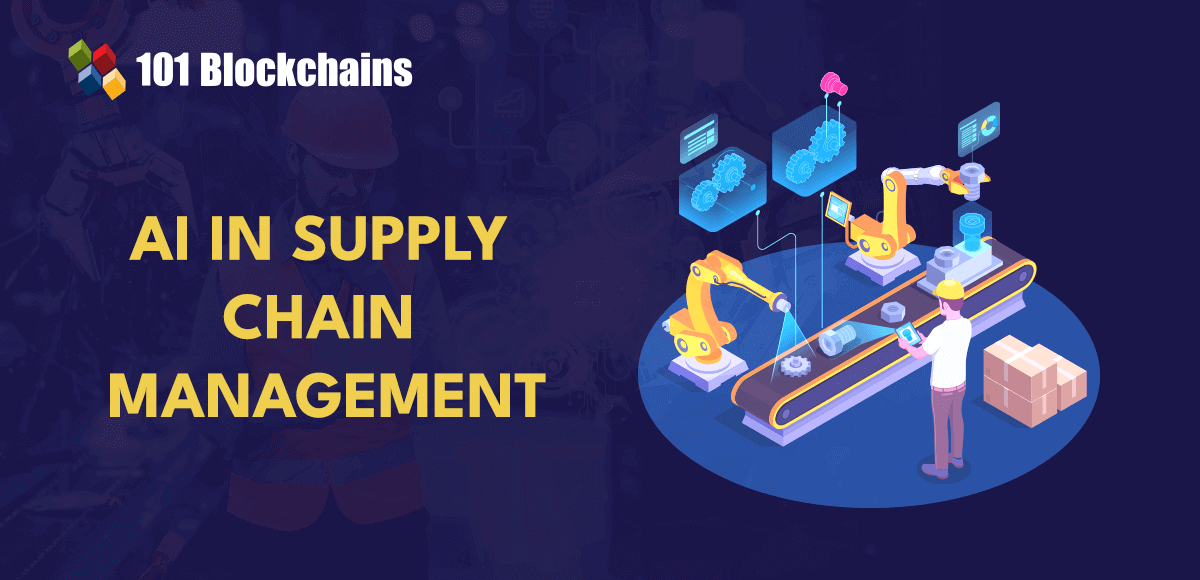The judicial system is leveraging AI to manage massive amounts of data and accelerate case resolution.

The judiciary, like the legal system in general, is considered one of the largest “text processing industries.” Language, documents and texts are the raw materials of legal and judicial work. That data plays a vital role in the judicial system, helping investigators, lawyers and judges coordinate the circumstances surrounding specific cases to ensure justice is served.
The judiciary has therefore long been a field that could use technologies such as automation to assist with document processing. Efforts to further expand the use of new technologies to address these ongoing needs have placed responsible artificial intelligence (AI) at the center of possible solutions.
Due to advancements in technology, the legal system has undergone major changes. As law firms and court systems adopt digitalization, vast amounts of data in the form of court opinions, statutes, regulations, books, practice guides, law reviews, legal white papers, and news reports become available for both traditional and generative teaching. AI-based model for law enforcement agencies. This model can be used by court staff to organize, search, and summarize decades of legal documents.
As use cases for AI and other technologies continue to permeate the judiciary, judges, lawyers, and staff must continue to be at the center of every decision. Courts and the legal system as a whole must also be vigilant about biases in data and algorithms that could perpetuate the inequalities that those same courts seek to eradicate by deploying systems based on trustworthy AI principles, such as transparency and explainability. , so that all stakeholders can understand how the system was trained, how it works, and what its scope of use is.
Germany’s judicial system is leading the way in AI.
As the use cases for AI and generative AI in the judiciary continue to expand, some countries, such as Germany, are experimenting with this technology as a means of supporting and enhancing the performance of legal professionals across multiple jurisdictions. Provides some examples: service.
Demand for automated solutions is growing as the German government mandates courts to implement electronic file management in all civil, administrative, social and criminal proceedings by 2026 as part of the digitalization goals established by the European Union (EU). . Because all pleadings are now electronic, data can be used in new ways. AI, with its ability to understand natural language, will allow the judiciary’s core work to completely rethink the production process of analyzing, creating, and archiving text.
AI helps German courts manage backlog
One of the most effective uses of AI in the judiciary today is simply to help courts process the sheer volume of cases they handle. In recent years, German courts have been hit by unprecedented flooding, overwhelming the judiciary and resulting in delays in proceedings, hearings and outcomes. Judges handling the case at the Stuttgart Higher Regional Court in Frankfurt soon faced a backlog of more than 10,000 cases. Unfortunately, the courts initially did not have the technology to handle the volume of cases. Most of the work was done manually and was highly repetitive. Judges must spend hours reading lengthy electronic argument files in court proceedings. Documents can be hundreds of pages long and typically differ by only a few case-specific features.
The Baden-Württemberg Ministry of Justice has recommended the use of AI with natural language understanding (NLU) and other capabilities to help classify each case into the various case groups being processed. The courts needed a transparent and traceable system that protected their data. IBM ® has created an AI assistant called OLGA to help speed up case classification, metadata extraction, and case resolution. OLGA allows judges and clerks to sift through thousands of documents faster and use specific search criteria to find relevant information across a wide range of documents. The system also provides information about litigation to contextualize information that appears through searches. The algorithm preserved case history and provided users with a comprehensive view of all information and sources about the case. Judges are freed from highly repetitive tasks and can focus on complex issues, and courts report that case processing times can potentially be reduced by more than 50 percent.
Frauke assists German courts with air passenger litigation.
Elsewhere in Germany, IBM worked with the Frankfurt District Court to successfully test an AI system known as “Frauke” (Frankfurt Judgment Configurator Electronic) for air passenger rights litigation. Between 10,000 and 15,000 cases involving passenger rights (e.g. related to delays) are handled by the Frankfurt District Court each year. The court requested assistance in drafting the decision. This was a very difficult and repetitive task for the judges, who had to collect relevant data and ultimately write almost identical decisions over and over again.
In a proof-of-concept last year, Frauke extracted case-specific data (including flight numbers and delay times) from arguments and used pre-written text based on judges’ rulings to help expedite the drafting of decisions. module. So far, Frauke has been able to use this technology to significantly reduce the turnaround time it takes to prepare rulings.
Legal professionals must stay informed of the situation.
These case studies provide real-world examples of the many benefits that can be achieved by integrating AI into the judicial process to help automate document processing and manual tasks. At the same time, there is broad agreement to limit the use of AI in the judiciary.
Some lawyers have already begun leveraging the technology to automate legal filing, leading judges to require subsequent disclosure that generative AI was used. As the legal system grapples with the pros and cons of new technologies, lawyers relying on generative AI may need to certify that confidential or legitimate client information has not been disclosed.
The use of any type of AI in public institutions, including the judiciary, must be based on the fundamental characteristics of trustworthy AI used by IBM. Explainability will play an important role. For example, to demonstrate that generative AI is used in a responsible way, the system must provide the ability to track the steps taken to classify, summarize, and compare documents.
Learn how IBM can help drive digital transformation in government.



